Millennials Now Positioned to Save U.S. Auto Market?

With nearly a decade’s worth of articles suggesting millennials never liked cars and are an industry boat anchor in waiting, a new report claims they may actually be the group that saves it. Using the same data from the Department of Transportation/Federal Highway Administration that showed present-day teens holding off on getting their driver’s license, the report placed Bloomberg under the impression that millennials will pick up the slack once they start cranking out offspring.
Millennials never actually hated cars. They’ve simply been, on average, too poor harness the same purchasing power of their ancestors, forcing them to put off major life decisions like getting married, having kids, buying a home and/or purchasing a new automobile. While some assuredly prefer public transit for environmental or social reasons, plenty of this has nothing to do with personal preference. The good news is that this fact appears to be reflected in the number of licensed drivers among their ranks, now that they’re getting a little older.
Analysts at Benchmark Co, a financial research firm, says millennials are getting licensed at the highest rate in 40 years and are on the cusp of outpacing their boomer parents.
“The impact on the auto sector from the millennial generation could be as great as the impression the baby boomers had on the industry in the 1980s,” Mike Ward, Benchmark’s auto analyst, explained in the report. “Over the last five years, there were 15.4 million new drivers in the US, the biggest comparable increase since the 1974-78 period.”
From Bloomberg:
The first millennials reached 35 in 2016, toward the beginning of the auto industry’s record five consecutive years of at least 17 million U.S. vehicle sales. Traditionally, license rates begin to peak when people reach their mid-30s and millennials are no different. They are having babies, buying SUVs and moving to the suburbs.
“We believe underlying demographics support normal demand of 16.5-17 million units annually over the next 5-10 years,” Ward wrote.
Licensed drivers will grow by 12.5 million people in the U.S. over the next five years, Benchmark forecast. By 2025, there will likely be a record 245 million licensed drivers in the U.S. That could result in an extra 3 million vehicle sales a year.
“The key demographic group of people aged 35-44 years continues to grow until 2034 and could provide growth for the industry for the next decade,” the report said.
This may also be welcome news for the demographic cohort succeeding the millennials, Generation Z. They’ve also been putting of major life events. While some of that comes down to the same economic factors (lower pay, higher college debt, etc.) impacting those born a generation later, we’ve also seen the same kind of reporting accusing Gen Z of simply snubbing automobiles and houses. Reasons provided range from environmental concerns to young people simply having a penchant for Uber and apartments.
Regardless, this offers hope to youngsters cursing their own financial situations and desperate to buy a sparkly new automobile — provided they’re patient enough to wait. But it doesn’t create any incentive for automakers to cater to those under the age of 35, which is cause for worry. Some of North America’s most affordable models have already vanished from the market as domestic manufacturers prioritize vehicles with broader profit margins (trucks, SUVs, and crossovers).
What will happen if an automaker falls under the assumption that it’s pointless to even bother trying to court twentysomethings with new product?
[Image: Monkey Business Images/Shutterstock]

A staunch consumer advocate tracking industry trends and regulation. Before joining TTAC, Matt spent a decade working for marketing and research firms based in NYC. Clients included several of the world’s largest automakers, global tire brands, and aftermarket part suppliers. Dissatisfied with the corporate world and resentful of having to wear suits everyday, he pivoted to writing about cars. Since then, that man has become an ardent supporter of the right-to-repair movement, been interviewed on the auto industry by national radio broadcasts, driven more rental cars than anyone ever should, participated in amateur rallying events, and received the requisite minimum training as sanctioned by the SCCA. Handy with a wrench, Matt grew up surrounded by Detroit auto workers and managed to get a pizza delivery job before he was legally eligible. He later found himself driving box trucks through Manhattan, guaranteeing future sympathy for actual truckers. He continues to conduct research pertaining to the automotive sector as an independent contractor and has since moved back to his native Michigan, closer to where the cars are born. A contrarian, Matt claims to prefer understeer — stating that front and all-wheel drive vehicles cater best to his driving style.
More by Matt Posky
Latest Car Reviews
Read moreLatest Product Reviews
Read moreRecent Comments
- Turbo Is Black Magic My wife had one of these back in 06, did a ton of work to it… supercharger, full exhaust, full suspension.. it was a blast to drive even though it was still hilariously slow. Great for drive in nights, open the hatch fold the seats flat and just relax.Also this thing is a great example of how far we have come in crash safety even since just 2005… go look at these old crash tests now and I cringe at what a modern electric tank would do to this thing.
- MaintenanceCosts Whenever the topic of the xB comes up…Me: "The style is fun. The combination of the box shape and the aggressive detailing is very JDM."Wife: "Those are ghetto."Me: "They're smaller than a Corolla outside and have the space of a RAV4 inside."Wife: "Those are ghetto."Me: "They're kind of fun to drive with a stick."Wife: "Those are ghetto."It's one of a few cars (including its fellow box, the Ford Flex) on which we will just never see eye to eye.
- Oberkanone The alternative is a more expensive SUV. Yes, it will be missed.
- Ajla I did like this one.
- Zerofoo No, I won't miss this Chevrolet Malibu. It's a completely forgettable car. Who in their right mind would choose this over a V8 powered charger at the rental counter? Even the V6 charger is a far better drive.

















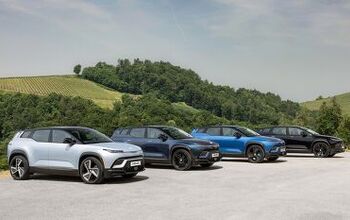

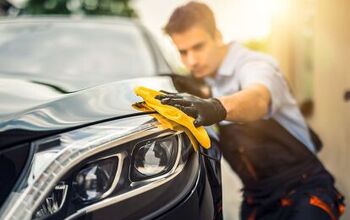


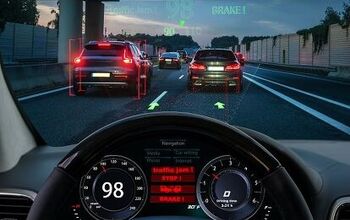
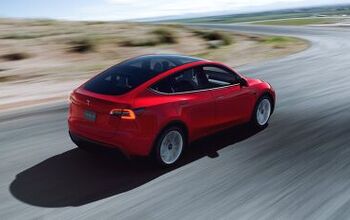

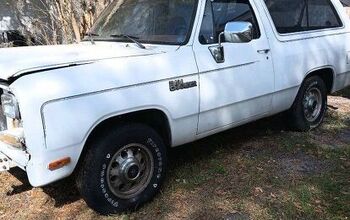
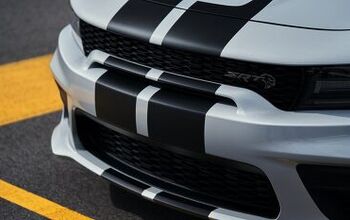
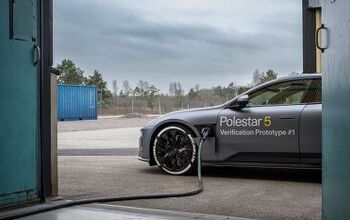
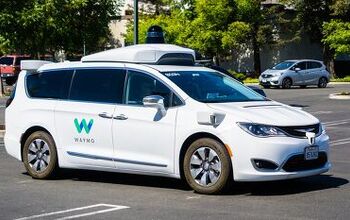
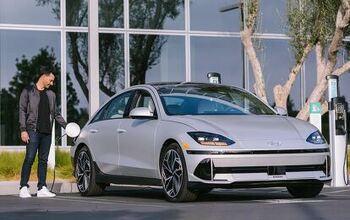
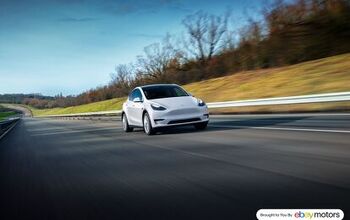
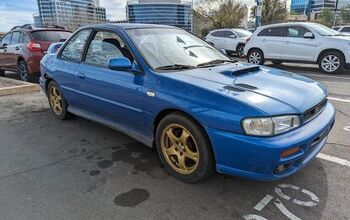

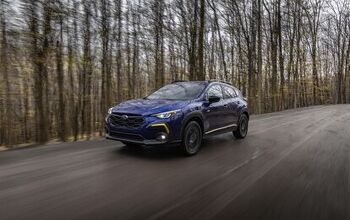
Comments
Join the conversation
Scoring that sparkly new auto doesn't have the romance it once did. Nor does going into debt. It's not that new cars suck completely, but industry analysts always tell automakers exactly what they want to hear. And neither wants to talk about the pink elephant in the room, at least not publicly. I'm watching millennials scoop up the muscle cars Boomers once polished/hoarded. Also they're buying up Fox Mustangs, going back to four eyed 5.0s, Camaros, 80's/90's Japanese sports/sporty cars, jacked up Jeeps, lifted trucks, early 3-series, restomods, all sorts. Yep the aftermarket auto parts sector is exploding tremendously, and some would rather not leak the news, for copycats and whatnot. TTAC staff won't touch the subject for fear of getting blacklisted from automaker press junkets/perks. But yet TTAC has no problem snuggling up to aftermarket vendors on these pages.
'What will happen if an automaker falls under the assumption that it’s pointless to even bother trying to court twentysomethings with new product?" We will find out because that is exactly what GM, FCA, and Ford have done. Hopefully, these rising star Millennials like big bawdy gas-guzzling pickups and SUVs and podlike CUVs! That would be good news for the Big Three and America, and bad news for Bernie and the Squad. Stay tuned!